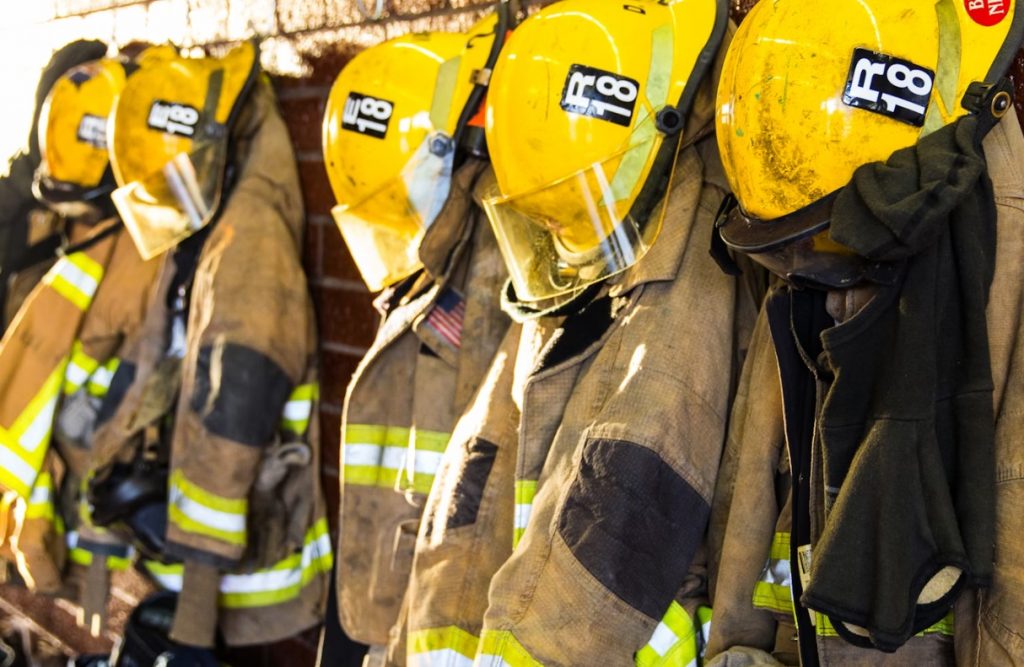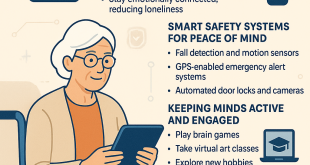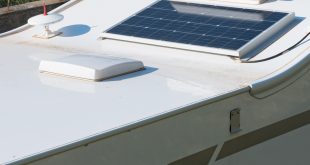
Of the different industry verticals, perhaps that of firefighting is among the most crucial to modern living. This sector is no longer marked by days of hand-operated pumps and modest buckets.
With a greater understanding of fire dynamics and the advent of technology, firefighting operations have evolved. According to the National Fire Protection Association, a fire department responds to a fire call every 21 seconds.
It’s alarming to know that a home catches fire every 88 seconds and a death occurs every 3 hours 14 minutes. Even firefighters are vulnerable to succumbing to the heat, suffocation, or other injuries. According to the US Fire Administration, eight firefighter fatalities have already happened in 2024.
The industry is constantly looking for new ways to enhance firefighter safety. Novel technologies are aiding this process, as we shall discuss in this article. We’ll start by understanding the different safety hazards firefighters face and move on to three next-gen technologies designed to improve safety.
A Wide Array of Safety Hazards
The job profile of a firefighter can easily be considered one of the most dangerous professions. Every day, firemen leave their homes with a brave smile on their faces (unbeknownst to the hazards of the day).
The most common safety hazard would be the fire itself. It can lead to severe third-degree burns. Then, the heat of the smoke can also be high enough to cause burns. What’s most dangerous is the possibility of carbon monoxide poisoning.
When a fire breaks out, the oxygen in the environment is gradually used up. This means more carbon dioxide is left, and as that burns up, it breaks down into carbon monoxide. This gas is highly toxic to human health.
According to the International Association of Fire Fighters (IAFF), a fireman in a high CO environment may experience sudden death or collapse. Besides heat illness and CO poisoning, firefighters face a threat of chemical hazards (from their equipment and gear).
We are especially talking about firefighting foam used to extinguish Class B fires. Also known as Aqueous Film Forming Foam, AFFF contains highly toxic chemicals (per- and polyfluoroalkyl substances or PFAS). These chemicals effectively put out fast-spreading liquid-fuel fires, but they are carcinogenic.
According to TorHoerman Law, firefighters have suffered from PFAS injuries like kidney and testicle cancer. Thousands have filed a lawsuit against PFAS manufacturers. They allege that the defendants knew about the safety hazards but did nothing to issue proper warnings.
The litigation is still awaiting Bellwether trials, which may be held this year or next year. Once the trials are over, attorneys will have a clear idea of AFFF lawsuit settlement amounts for individual payouts. As the lawsuit is active, more and more cases are being filed.
Besides the firefighting foam, PFAS traces were also found on firefighting gear (to repel oil and water). Long-term exposure to PFAS can cut short firefighter lives.
How Technology is Contributing to Safer Firefighting Operations
In light of the hazards involved, relevant technologies must disrupt the industry. Now that we’ve discussed the different hazards associated with firefighting, let’s look at how technology is enhancing the safety aspect.
Unmanned Aerial Vehicles or Drones
One technology that has made itself indispensable to the firefighting industry is that of drones or unmanned aerial vehicles. The best example of this would be the tragic Notre Dame Cathedral fire. Parisian firefighters used this technology to get an aerial view of the entire scene.
They received visual recordings in real time. This helped them strategize their moves, discover hotspots, and devise the best ways to manage the fire. As opposed to helicopters, drones can get into hard-to-reach spots. They can even get close to the fire despite the blazing smoke.
Then, the firefighting Colossus (a land drone) tackled the fire from the ground. It helped transport wounded people and cargo as well as shoot water through a cannon mounted on the top. Drone technology is especially taking center stage to help firefighters stay safe in high-risk environments.
Thermal Imaging Displays
Gone are those days when only the firefighting Chief would carry a thermal imaging display with them. This system is now used by every member of the fire department. Using a thermal imaging display, it becomes easier to detect the source of the fire, high or low heat areas, and wounded people.
The device’s sensor can even detect floating materials in the area. This gives a clear idea to monitor the area and visualize a plan of attack. Firefighters are also able to see through thick smoke and stay in touch with others in the team.
Personnel Location Gear
Given the heat and smoke of the situation, it’s easy for a firefighter to get lost, collapse, and lose track of other team members. This is where a personnel location gear helps. The device enables those at the mobile command center to track and spot the exact location of every deployed firefighter.
It is very useful during emergencies to ensure every team member is safe. If the structure is prone to collapse, the mobile center personnel can know whether any firefighter is trapped. It can help reduce the number of firefighter fatalities that happen due to delayed help.
The firefighting industry has come light years from what it was originally. The worldwide firefighting drone market is expected to have a value of $2.76 billion by 2030. The growth rate of the autonomous drone market is 9.8%. We can only imagine the impact of technology on this industry in the years to come.
 World inside pictures Collect and share the best ideas that make our life easier
World inside pictures Collect and share the best ideas that make our life easier








